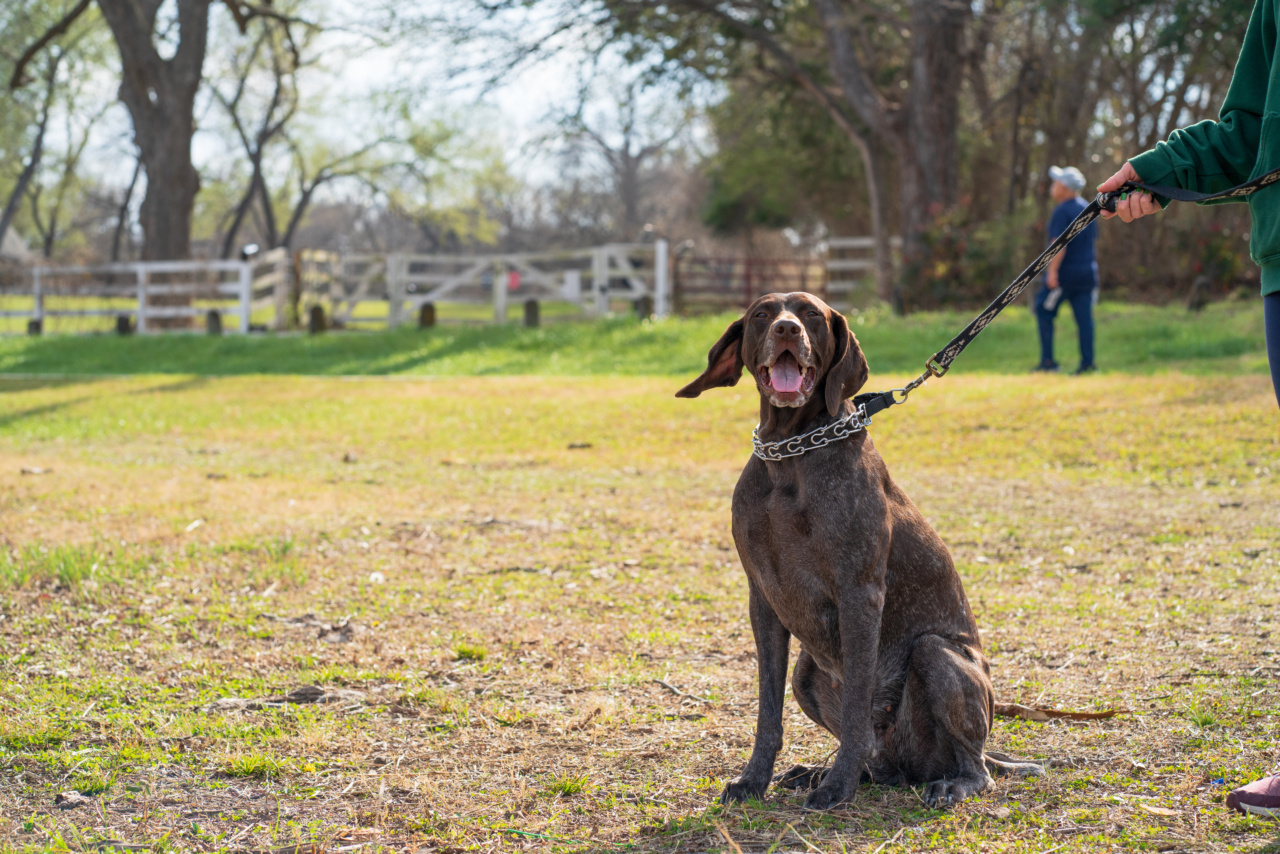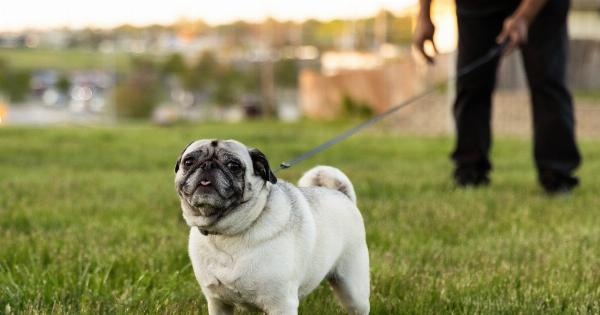Meeting other dogs while out on a walk can be an exciting and sometimes challenging experience for both you and your leashed dog. Properly introducing two leashed dogs is crucial to fostering positive interactions and avoiding any potential conflicts.
In this article, we will provide you with helpful tips and techniques on how to handle such situations, ensuring that both dogs and owners have a safe and pleasant encounter.
1. Maintain Control
When you notice another leashed dog approaching, it is important to maintain control of your own dog. Keep a firm grip on the leash and ensure that it is short enough to prevent your dog from lunging or wandering too far away.
By keeping your dog close and under control, you can better manage the introduction and any potential interactions.
2. Pay Attention to Body Language
Body language plays a vital role in dog communication. Observing the body language of both dogs can help you assess their comfort levels and potential reactions.
Signs of potential aggression or stress in either dog may include raised fur, stiffened body posture, and growling. If you notice these signs, it is crucial to take appropriate measures to prevent any negative interactions.
3. Create Space
If you sense any tension or discomfort during the introduction, it is essential to create additional space between the two dogs. Steer your dog in a different direction, cross the street, or step off the path to allow both dogs more distance.
By increasing the physical separation, you can reduce the likelihood of any confrontations and help both dogs feel more at ease.
4. Walk Parallel
One effective way to introduce two leashed dogs is by walking parallel to each other. This allows the dogs to observe one another without facing a direct confrontation.
Start by keeping a comfortable distance between the dogs and gradually decrease it as long as they remain calm and relaxed. Keep a close eye on their body language and adjust the distance accordingly.
5. Use Positive Reinforcement
During the introduction, make sure to reward your dog for calm and appropriate behavior. Use treats, verbal praise, or gentle petting to reinforce their positive responses.
This helps create a positive association with encountering other leashed dogs, promoting better socialization and reducing any fears or anxieties your dog may have.
6. Be Mindful of Leash Tension
It is important to avoid tension on the leash, as it can create a sense of restriction and potentially escalate the dogs’ anxiety or aggression. Keep the leash loose while maintaining control over your dog.
Tension on the leash can send a signal of tension or unease to your dog, which can negatively affect their behavior during the introduction.
7. Ask for Consent
Always ask the other dog’s owner for consent before allowing the dogs to interact closely. Not all dogs may be comfortable with close encounters, so it is important to respect their boundaries.
Some dogs may have specific behavioral issues or health concerns that make close interactions challenging. Communicating with the other owner ensures a safer and more pleasant experience for everyone involved.
8. Take Breaks
If the dogs are interacting positively, taking short breaks during the introduction can help prevent overexcitement or fatigue. Overstimulation can lead to heightened emotions and potential negative reactions.
Allow the dogs to have moments to disengage, sniff their surroundings, and regroup before resuming the interaction. These breaks also provide an opportunity for you to assess each dog’s comfort level and adjust the interaction accordingly.
9. Be Prepared for Unfavorable Reactions
Even with proper introductions, not all dogs will have an immediate positive reaction to one another. It is important to be prepared for unfavorable responses, such as aggressive displays or excessive barking.
In such cases, calmly and assertively remove your dog from the situation, creating distance and redirecting their attention to you. Avoid scolding or punishing your dog, as it can exacerbate their fear or frustration.
10. Seek Professional Help if Needed
If your leashed dog consistently struggles with meeting other leashed dogs or displays problematic behavior during introductions, it may be beneficial to seek professional help.
A qualified dog trainer or behaviorist can provide personalized guidance, training techniques, and strategies to address any underlying issues. They can help you build confidence in both yourself and your dog, allowing for more successful and enjoyable meetings with other leashed dogs.
Remember, each dog is unique, and their responses to other dogs can vary. It is crucial to approach each introduction with patience, understanding, and a focus on positive experiences.
By following these tips and techniques, you can help create a safe and enjoyable environment for your leashed dog to meet and interact with other leashed dogs.






























